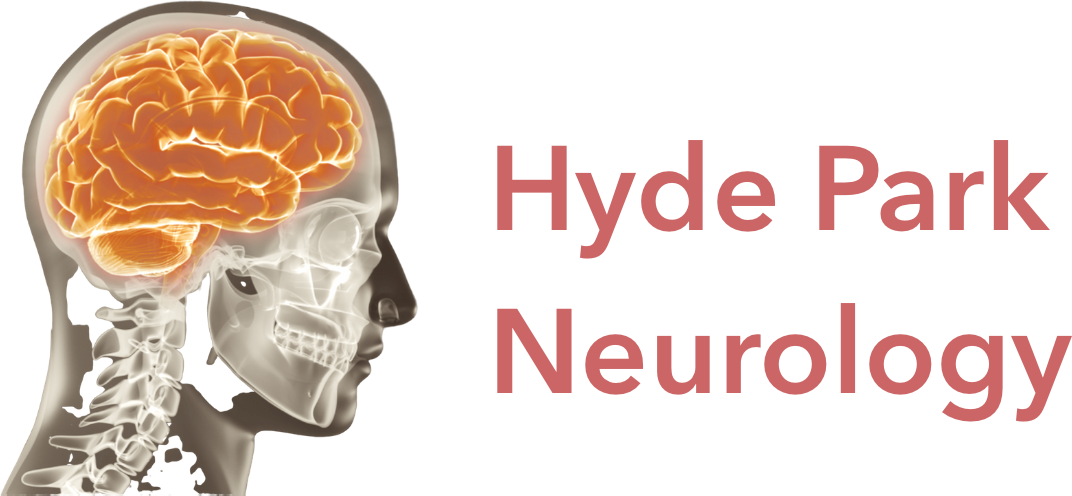Seizures and Epilepsy
Seizures are episodes of temporary brain dysfunction due to abnormal electrical activity of specific parts of the brain. Seizures affect approximately 10% of the population at some point in their lives. About 25% of seizures can be temporally related to a specific cause and these are termed symptomatic or provoked seizures. If the underlying condition returns, these seizures can recur.
Epilepsy, however, is defined as 2 or more unprovoked seizures and typically have no clear identifiable cause. They can recur readily without any related events. There are different seizure types and based on an evaluation with your doctor including a detailed history, witness accounts, and with electroencephalograms (EEGs) the seizure-type can sometimes be identified.
Our neurologist is fellowship trained to diagnose and treat all seizure types and interpret EEGs.
EEG (electroencephalogram)
EEG is a procedure to assess brain electrical activity by placing surface electrodes on the scalp and monitoring your brain waves. An EEG can evaluate areas of the brain that are abnormal electrically and under certain conditions, can classify an area of the brain that can produce seizures, even if you are not having a seizure at that time. Small discs are placed on your scalp and your brain waves are recorded much like and EKG records heart waves. It takes about an hour, including adding and removing electrodes.
Electrode placement for an EEG is painless.
Procedure and preparation:
Hair and scalp must be clean.
Small disc-shaped electrodes are placed on your scalp to record brain wave activity.
Your brain wave activity can display abnormalities that are well-recognized and may identify your seizure type.
Your doctor may ask you to be sleep-deprived to optimize your EEG (no more than 4 hrs of sleep the night before the study).
The results are interpreted by your doctor and discussed with you.

